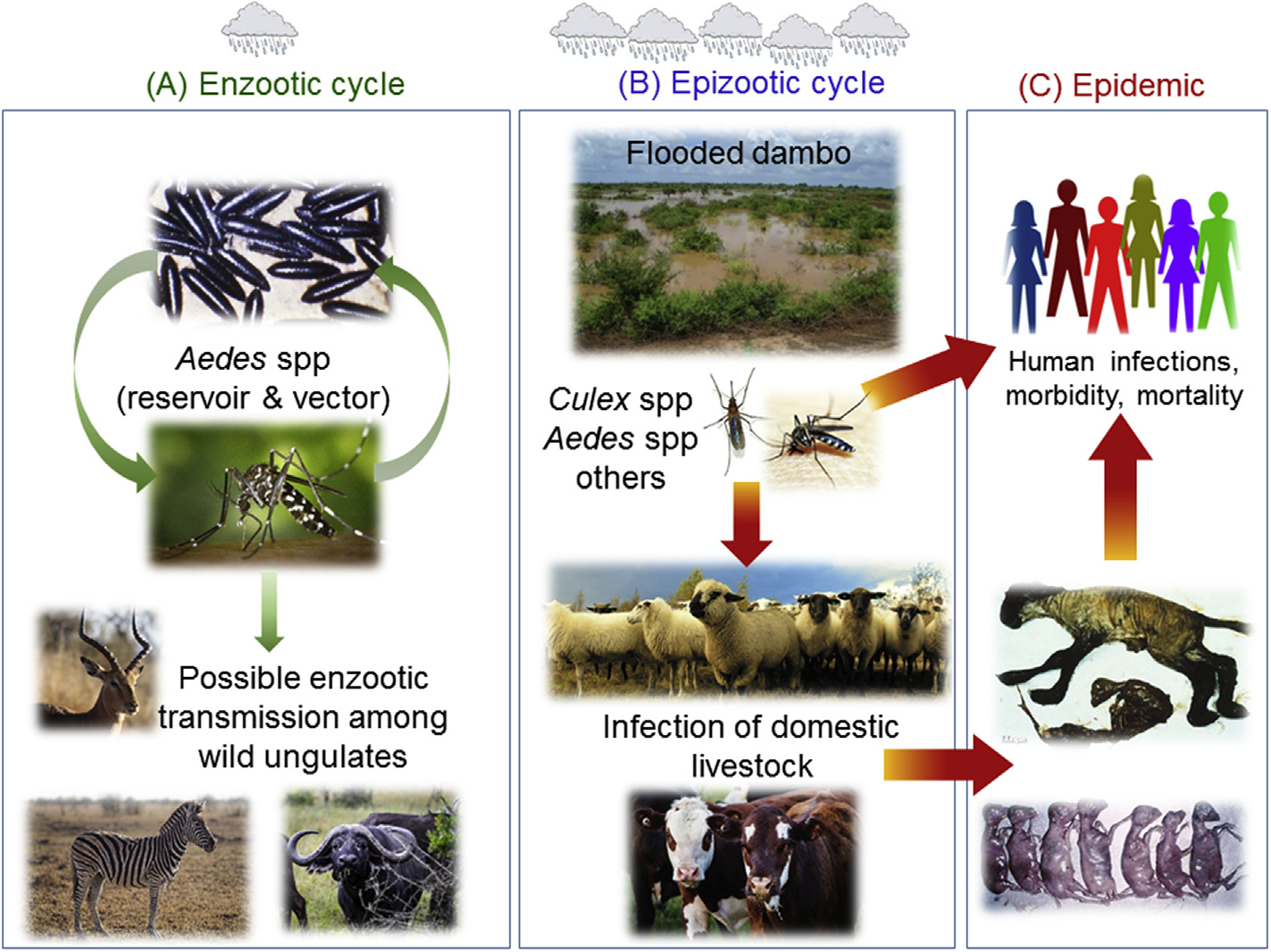Fig. 1. Ecological cycle of Rift Valley fever.

(A) In the enzootic cycle, RVFV is transmitted vertically within Aedes spp mosquito eggs; virus can remain infectious within dessicated eggs during dry seasons. Infected mosquitos can transmit the virus to wild ungulates, where it is thought to cause mild or inapparent illness. The role of wild animals as amplifying hosts is not clear. (B) The epizootic cycle commences in times of excess rainfall, whereby extensive floodplains (or dambos) lead to hatching of large numbers of mosquito eggs. Infected mosquitos feed off of livestock, causing abortion, illness, and death. Culex spp and other mosquitos are secondary vectors; they amplify epizootics by taking bloodmeals from viremic animals and transmitting the virus to other herds and humans over longer distances. (C) People become infected directly from mosquitos or by contact with infected animals. Contrary to most arboviruses, RVFV can infect a wide range of insect vectors, wild and domesticated animals, and humans, all of which contributes to the complexity of its ecological cycle.
